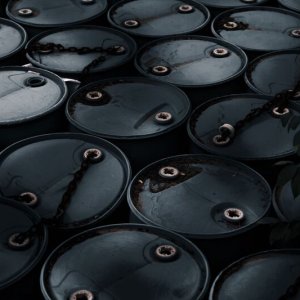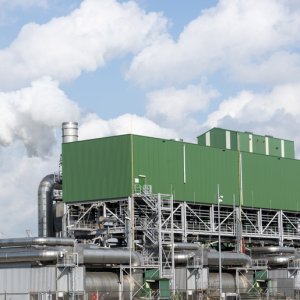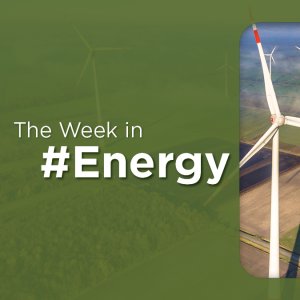Net Zero Drives Evolution, Boosts Resilience of Energy Sector

STORY INLINE POST
Q: How has bp transformed from an oil and gas company to a company focused on sustainable energy?
A: First and foremost, our new strategy is going to transform bp into a very different company. bp was founded 100 years ago in the UK. Today, we are facing an extraordinary point in time: in February 2020, the company decided to reshape bp from an International Oil Company (IOC) to an Integrated Energy Company (IEC) in response to global energy market projections, where trends up to 2030, 2040, and 2050 show substantial shifts toward decarbonization. bp understands that the world will change and transform along with the new energy sources available. If we think back a century ago, coal was the first energy source to revolutionize the industry, followed by oil and a little later, natural gas. For a century, it has been exceedingly clear that when a new, transformative energy source enters the fray, it disrupts the market. This is also the case with the watershed that renewable energies represent today.
A decade ago, renewable energies demonstrated a significant CAPEX and OPEX reduction, making them much more competitive in the production of green, accessible, and reliable energy. Based on this trend, bp chose to shift its global strategy toward three pillars that would transform the company into an IEC: 1) Low carbon electricity and energy, 2) Convenience and mobility putting customers at the heart of bp, and 3) Resilient and focused hydrocarbons. Not only bp will maintain its participation in hydrocarbons and natural gas using a sustainable perspective, but it will also increase its investment in solar and wind energy, green hydrogen, carbon capture, utilization, and storage (CCUS), including further innovation in storage technologies. In addition, bp places the consumer as the central axis of its future strategy, understanding the role that electromobility will play in the lives of our end users. Under this logic, we began implementing our new strategy in 2021. Our goal is to become a net-zero company worldwide by 2050; we have our first target cut-off in 2030.
Q: What role does the Mexican market play within bp's global business strategy?
A: Part of the change of focus is to adapt our general goals to be grounded in the countries where we operate. Mexico is an important market for bp, where it has operated for half a century. Castrol is one of our main business lines in Mexico which designs eco-friendly lubricants. Regarding the implementation of our net-zero strategy within Castrol, the first step is implementing ESG actions. In addition, we are transitioning based on technologies to reduce emissions in the production process. In the specific case of Castrol, the company is implementing a stoves program that offsets the emissions we generate through the manufacturing, sale, and use of lubricants.
Our retail network of Mobility and Convenience is another key business line in Mexico. bp adapts to the pace at which each country moves to remain aligned with government policy and regulation. bp is proudly evaluated as a socially responsible company. Not only do we implement environmental and emissions compensation programs at our 500 service stations throughout the country, but we also complement this with structures that create further positive environmental impact. Furthermore, although we are not yet able to move toward electric vehicles due to the lack of infrastructure and regulation, we support other environmental projects that contribute to our net-zero goals. Examples include investing in pollinator gardens for monarch butterflies through the program Alas para el Campo.
Natural gas is a further key Mexican business line for bp. We are working to reach end users with green, accessible, and reliable energy. We cooperate toward energy security by building strong bridges with national companies, particularly with PEMEX, nurturing a solid commercial relationship all along the value chain.
Q: What concrete actions based on its global strategy has the company initiated?
A: bp has clear and concrete goals. Once the course is set, it is essential to devise a method to measure the progress of your targets. To reach net zero by 2050, we will make our first progress assessment in 2030, a second assessment will follow in 2040. As part of our energy transition strategy, we have already started investing US$5 billion annually in low carbon, we have started to develop 50GW of renewable energy capacity by 2030. We also aim to produce 100Mb/d of biofuel and capture 10 percent of the global hydrogen market by that same year.
Consumers have become a key focus of our strategy. bp wants to interact more closely with them to better understand their energy consumption decisions. By 2030, we want to move from 10 million daily consumers to 20 million. To accomplish this, we will create 70,000 electric vehicle charging points. When we started this implementation in 2020, we only had 7,000.
bp knows that cross-industry collaboration is fundamental to consolidating decarbonization efforts. We must take transversal actions to accelerate the energy transition. bp wants to have energy partnerships in 10-15 big cities around the world and three core industries with large carbon footprints, such as cement production and mining. Technological developments, such as CCUS or green hydrogen, must be advanced in multiple industries beyond energy companies. Emissions diminishment cannot be focused on energy or consumer companies alone.
Because CAPEX is limited, bp must invariably reduce its spending on its previous core business of hydrocarbons. The company will reduce its oil production from 2.5MMb/d to 1.5MMb/d under a resilient hydrocarbons approach. We will also cut our operational emissions by 35 percent by 2030. In addition, we will reduce our carbon emissions in our exploration activities between 35 and 40 percent by 2030.
Q: How has bp incorporated the use of new technologies into its decarbonization strategies?
A: bp has already ventured into some consolidated renewable energy technologies, such as wind and solar, to complement its core business portfolio. In two years, low carbon energy projects have grown by 400%. One of the challenges of renewable energy is its intermittency. To combat such intermittency and increase its reliability, it must be complemented by battery energy storage systems, which bp is developing in parallel to the increase of its installed solar and wind capacity. bp has an engineering and innovation office, which leads the investment in this area. Hence bp's research and development spend of around $350 million per year will be increasingly oriented towards reducing carbon.
One of the advantages bp has over other companies that focus solely on renewables is our capacity to integrate multiple power production sources. At bp, we are creating energy hubs that generate gas to power as the firm energy source. The hub also incorporates renewable power production, which contributes to the hub without compromising the system's reliability. Through these hubs, BP creates a business model that utilizes all of its expertise and differentiates it from any company that generates exclusively through a single energy source.
Other interesting new technologies, such as hydrogen and CCUS, are not yet commercially viable. In these cases, we invest in partnerships with other companies, such as CEMEX, to develop the technology and push them toward commercial viability in the future.
Q: What role will Mexico play in the coming years within bp's global energy transition strategy?
A: In a global redesign, general goals are set and adapted to the local conditions of each country. The market shift caused by COVID-19 and the Russian invasion of Ukraine forced us to readjust our strategy to achieve our goals within our set deadlines. Mexico has always played a relevant role in bp's global operations. We are analyzing and designing the role of Latin America in this new environment. Part of adapting the strategy is to comprehend the conditions of the country's regulatory framework and energy policy, as these set the tone for the actions that bp can take. We work with the given conditions.
Mexico will have a different energy transition than Europe, but this does not mean that we will abandon our global objectives. Its geopolitical position and economic integration within the North American value chains mean that Mexico plays a fundamental role in the energy transition. bp works directly with different Mexican companies to foster sustainability actions with the private sector and to support the government with specific examples to improve the regulatory framework.
For the past five years, we have been developing strong investment projects in Mexico. To advance these to the implementation stage, bp requires a stable legal framework and legal certainty in Mexico. The projects are there but if legal certainty is absent, investors and banks will not decide in favor of investing in these projects. Furthermore, to achieve innovation and the rapid implementation of new technologies, a regulatory framework must be put in place to accompany this transition. Beyond subsidies, incentives for companies and consumers to select their preference between zero-emission and polluting energies are key.
bp is a British oil and gas company and one of the world's seven oil and gas supermajors. The company is vertically integrated, operating in all areas of the oil and gas industry.

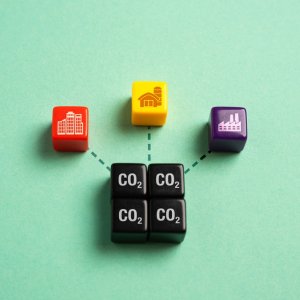

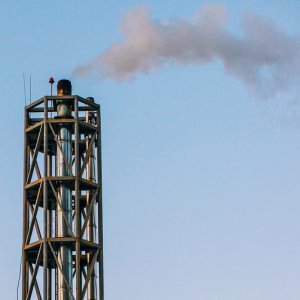


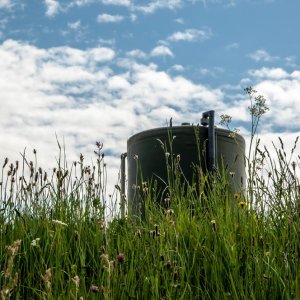

 By María José Goytia | Journalist and Industry Analyst -
Mon, 09/05/2022 - 12:52
By María José Goytia | Journalist and Industry Analyst -
Mon, 09/05/2022 - 12:52
